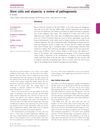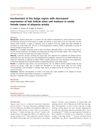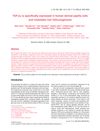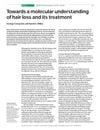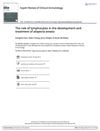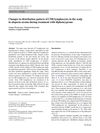The Contributory Roles of Th17 Lymphocyte and Cytotoxic T Lymphocyte at the Hair Bulge Region and Hair Bulb Area in Chronic Alopecia Areata Patients
January 2017
in “
Annals of dermatology/Annals of Dermatology
”
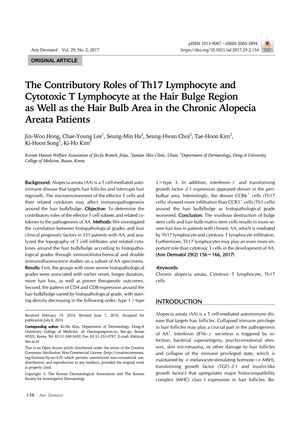
TLDR Certain immune cells contribute to severe hair loss in chronic alopecia areata, with Th17 cells possibly having a bigger impact than cytotoxic T cells.
In the 2017 study involving 331 alopecia areata (AA) patients, researchers found that more severe histopathological grades of AA were associated with earlier onset, longer duration, greater hair loss, and poorer response to treatment. The study also revealed that the density of CD4 and CD8 T cell expression around the hair bulb/bulge decreased as the histopathological grade worsened. Additionally, there was a higher expression of interferon-γ and transforming growth factor-β1 in the peribulbar area. Notably, Th17 cells (CCR6+ cells) were more densely infiltrated around the hair bulb/bulge than Th1 cells (CCR5+ cells) in patients with worse histopathological grades. The findings suggest that Th17 lymphocytes and cytotoxic T lymphocytes contribute to the destruction of bulge stem cells and hair bulb matrix stem cells, leading to severe hair loss in chronic AA, with Th17 cells potentially playing a more significant role than cytotoxic T cells in the disease's development.
